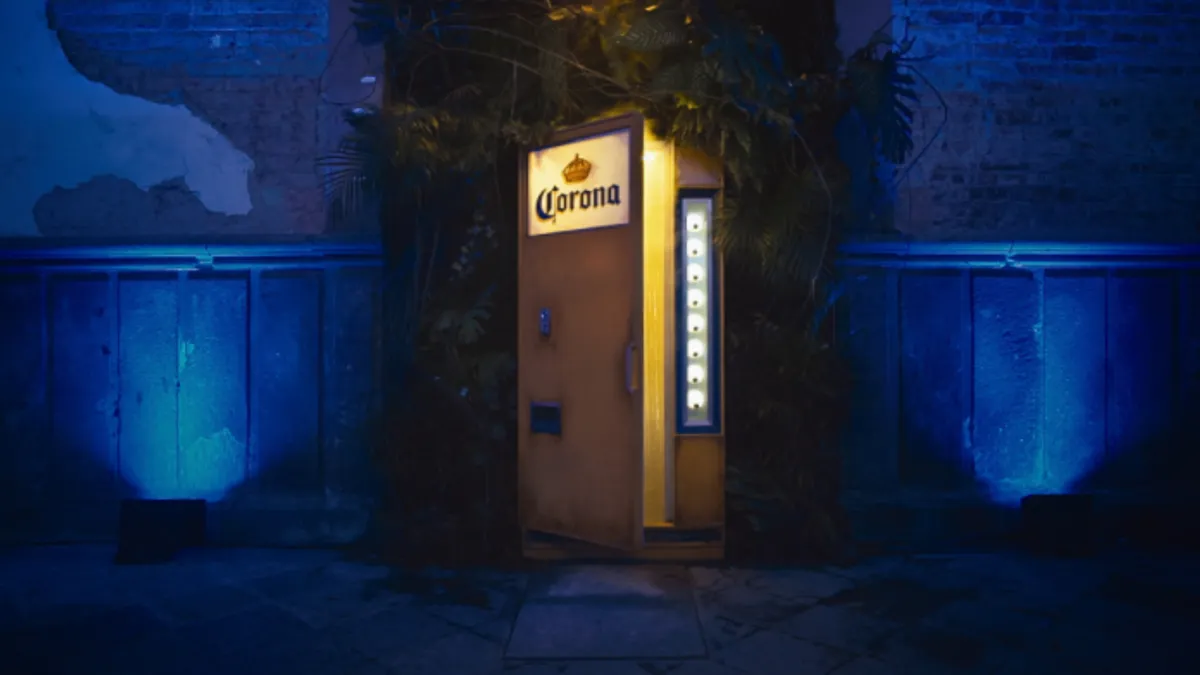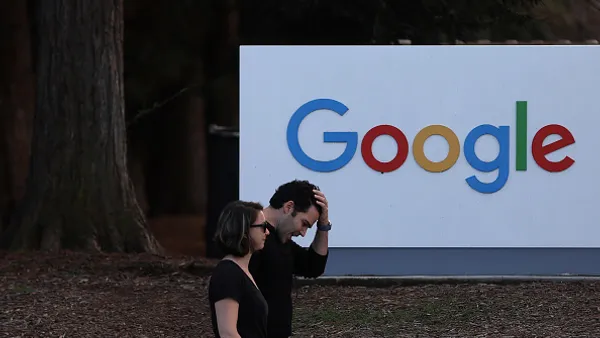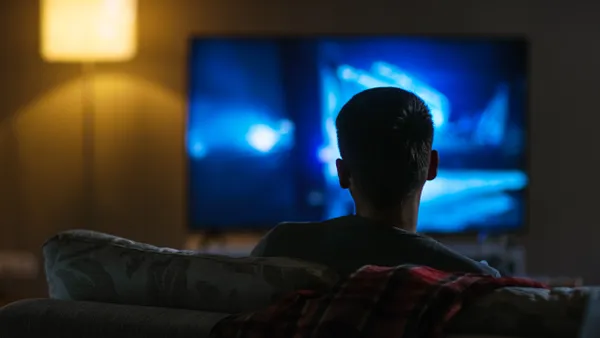Dive Brief:
- Corona launched an immersive virtual reality installation in Mexico City last month to further its mission to “encourage people around the world to reconnect with nature," the company said in a press release.
- The experience used VR technology, theatrics and interactive set design and included real-world elements such as sand, heat and scents to make the user feel like they were walking down a jungle path to the beach.
- Thiago Zanettini, Corona’s global vice president, said in a press release that the company hopes to do more projects like this one in the future in Mexico and other parts of the world.
Dive Insight:
Virtual and augmented reality marketing are still novel concepts, but Corona’s installation may give us a glimpse into what the future of content marketing will look like.
Corona’s VR initiative and others like it demonstrate a continuation of the overall shift in marketing away from direct selling and toward creating value for consumers through experiences. While VR exemplifies this marketing mindset, the technology isn’t yet accessible to most companies due to its high cost. Most consumers don’t have access to it either, except through public installation like this one.
The marketing industry has long been moving away from outbound marketing towards inbound, which focuses on creating experiences that customers seek out, a trend that was evident this summer in a number of unique out-of-home experiences. Visual content including images, video and live video is also on the rise. Forecasts show that, for 2017, 74% of all web traffic will be video. Virtual reality encompasses both of these trends, as it focuses on creating a valuable consumer experience and engages users visually as well as through other senses.
Currently, VR marketing is out of the price range for many companies’ budgets. Interactive video production can cost as much as $30,000 to $60,000 per minute. VR is forecast to become more widely used as prices come down, however, and the VR industry is expected to generate $70 billion by 2020. As the technology gains popularity, interactive marketing experiences like Corona’s may become more commonplace.













